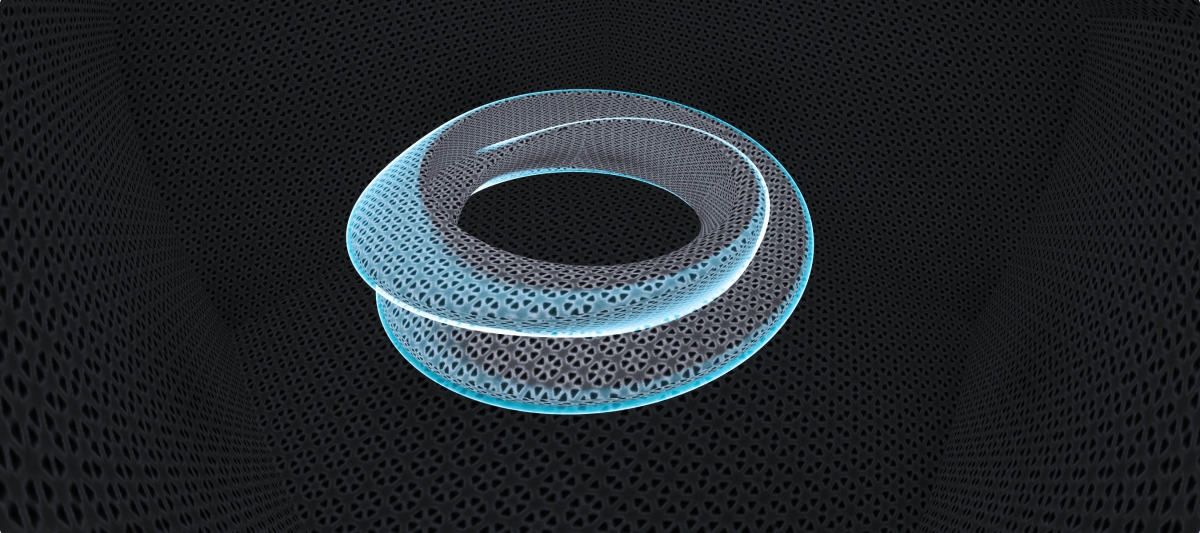By Jean-Jacques DeLisle, contributing writer
Quantum computing is the future of technology, and it’s about to be much more adaptable. A collaboration of researchers from the University of Maryland Joint Quantum Institute (JQI), led by associate professor Mohammad Hafezi and professor Edo Waks, have revolutionized the way that photons (single particles of light) behave within a chip. The photons are now able to move in predictable patterns without interference, even turning at a 60° angle.

New hole-punched crystal clears a path for quantum light . Image source: University of Maryland.
The science behind this photon navigation is built around photonic crystals and other previously established technology that uses crystals to direct photons in specific patterns. These crystals work by using tiny photon emitters buried inside of them, which can be agitated by lasers causing them to absorb photons that they release later in a single stream, one at a time. These photons are directed through the crystal by tiny holes. Varying the shape of the holes in the photonic crystal can control the way that the photons are released; some shapes allow only certain colors, and others reflect most of the photons back into a loop within the crystal. The only problem here is that these crystals are incredibly tiny, and the holes in them are even more minuscule, making the creation of a perfect crystal nearly impossible. Defects are extremely common. These tiny defects in the crystalline structure can cause photons to be scattered or reflected back at their emitters, which causes interference.
The new chip that has been developed by Hafezi and Waks — who are both JQI Fellows with affiliations in the departments of electrical and computer engineering, physics, and The Institute for Research in Electronics and Applied Physics — solves this problem by varying the shape of the cuts in the photonic crystal. By using a triangular shape cut, they are able to direct photons along a desired path, with little to no lost light, regardless of imperfections in the crystal. “This design incorporates well-known ideas that protect the flow of current in certain electrical devices,” said Hafezi in a press release. “Here, we create an analogous environment for photons, one that protects the integrity of quantum light, even in the presence of certain defects.”
“On the internet, information moves around in packets of light containing many photons, and losing a few doesn’t hurt you too much,” said co-author Sabyasachi Barik. “In quantum information processing, we need to protect each individual photon and make sure it doesn’t get lost along the way. Our work can alleviate some forms of loss, even when the device is not completely perfect.” This advancement in photon control will allow quantum computers to operate much more efficiently than before and could open the door to new supercomputers that engineers of the past could only dream of.
Advertisement
Learn more about Electronic Products Magazine





